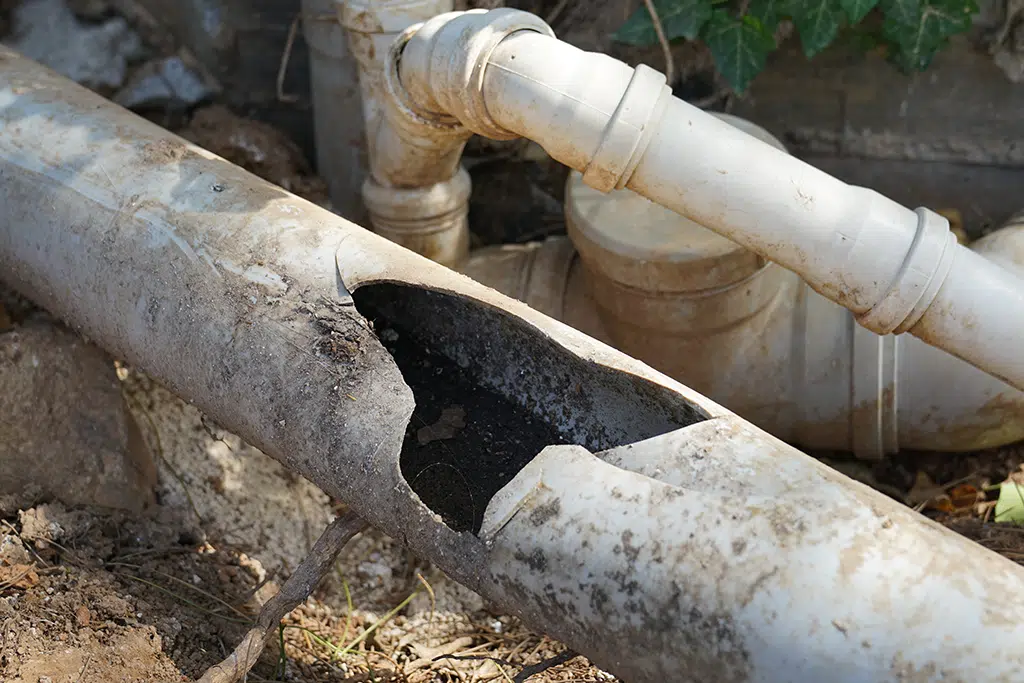If you’re a homeowner in Idaho, keeping your plumbing healthy is more than a convenience—it’s the foundation of a safe, comfortable home. Your main sewer line quietly works 24/7 beneath your feet, moving wastewater out of sight and mind. But what happens when it starts to fail? Early warning signs can help you avoid messy, expensive headaches down the road. This guide will walk you through the most common signs of trouble, the reasons sewer lines fail, and when to call in the pros.
Why Sewer Line Health Matters for Idaho Homes
Your home’s main sewer line acts like a central highway for all the wastewater from toilets, sinks, showers, and appliances. When it works well, you forget it exists; when it fails, you could be facing raw sewage in your basement, foul smells, or even structural damage to your property.
Idaho brings its own set of factors that challenge sewer lines:
- Older pipes in Idaho neighborhoods
- Tree roots hungry for water can invade pipes, especially near older lines or irrigation systems
- Seasonal freezing and thawing can shift and crack pipes
Learning to recognize the warning signs will help you protect your investment, family, and sanity.
Eight Warning Signs Your Sewer Line Might Need Replacing
1. Multiple Drains Backing Up or Slow to Empty
A single slow drain might just be a clog in that fixture. But when you notice water pooling or slow drainage in several places (like sinks, showers, and toilets) at the same time, the main line could be blocked or damaged.
Spot this first: If slow drainage starts in the lowest level of your home and works its way up, that’s usually a sign the main line is struggling.
2. Mysterious Changes in Toilet Water Levels
Are your toilet bowls sometimes full and sometimes strangely empty? Fluctuating water levels—even if you haven’t flushed recently—often indicate a developing blockage or break in the main line. This symptom can come and go, so don’t ignore it just because it seems to resolve on its own.
3. Frequent or Recurring Sewage Backups
An occasional backup from a stubborn clog is common. But if you find yourself plunging the toilet or cleaning up after minor floods far too often, your main sewer line may be failing. Backups that involve multiple fixtures are especially worrisome.
Tip: If raw sewage backs up into your home, keep people and pets away from the area and call a professional team right away.
4. Persistent Odors Inside or Outside
A properly functioning sewer system shouldn’t produce noticeable smells. If your basement, bathroom, or the area around a drain starts to smell like sewage, rotten eggs, or mildew, then there may be a leak or blockage in the line that’s letting sewer gases escape. Sometimes, that telltale odor can rise through your lawn, especially after rain or irrigation.
5. Gurgling or Bubbling Sounds in Pipes and Drains
Water that can’t move freely creates air pockets in the sewer line. If you hear odd gurgles, burbles, or “glug-glug” sounds when water drains or after flushing, your sewer system might be struggling with a blockage or collapse further down the line.
6. Soggy Patches or Extra-Green Grass in Your Yard
Check for soft, wet spots or unexpectedly lush patches of grass in your yard where irrigation isn’t the cause. Underground sewer leaks create a nutrient-rich environment that grass loves, but they also spell trouble for your plumbing.
- Standing water that won’t go away even in dry weather? This could signal a major break in your water or sewer line.
7. Signs of Pests or Increased Rodent Activity
Broken sewer pipes often attract rodents, insects, and other pests seeking shelter and moisture. If you notice unfamiliar critters around your home, don’t just set traps—inspect your plumbing for possible sewer leaks.
8. New Cracks in the Foundation or Water Damage in the Basement
Water leaking from a failing sewer line can saturate the soil around your foundation, causing shifting, cracks, and even mild sinkholes. Unexplained water stains or mold growth in basements and crawlspaces are also signs you shouldn’t ignore.
What Causes Sewer Lines to Fail in Idaho?
From Twin Falls to Boise, several factors can put your main line at risk:
- Aging Pipes: Many older homes have clay, cast iron, or Orangeburg (tar paper) pipes that deteriorate after decades.
- Tree Root Intrusion: Roots can slip into tiny cracks or joints while searching for water and then grow rapidly inside the pipe. Over time, they can block the line, widen existing cracks, and even put pressure on the line until it collapses.
- Ground Shifting and Idaho’s Seasons: Freezing, thawing, settling, or nearby construction can shift or crush pipes.
- Deep Clogs and Blockages: Years of grease, flushable wipes, and debris can narrow or block pipes.
- Corrosion and Wear: Certain areas in Idaho have soils with high moisture levels, acidity, or mineral content that create a challenging environment for sewer lines. These conditions speed up the deterioration of metal pipes, weaken clay pipes, and break down Orangeburg pipes faster.
- Installation Errors: Past installation problems, such as poor slope or weak joints, often lead to leaks, blockages, or early pipe failure.
What Should You Do If You Spot These Signs?
Don’t panic—but don’t wait, either. Acting fast saves time, stress, and future repair costs.
- Reduce Water Use: Try not to flush or use extra water until you have a clear picture of what’s happening.
- Check Other Fixtures: Is the problem just with one drain, or are multiple drains affected?
- Stay Safe: Keep children and pets out of any area with standing sewer water.
- Document with Photos: Snap photos for your records and to help your plumber diagnose the problem faster.
- Call for a Sewer Line Inspection: Magic Electric, Plumbing, Heating + Air provides fast, expert service with advanced video camera inspections to pinpoint blockages, cracks, and full collapses without the guesswork.
Why You Need a Professional Inspection
Diagnosing a failing sewer line isn’t as simple as peeking down a drain with a flashlight. Specialized video cameras allow a trained technician to spot breaks, root intrusion, and pipe collapse deep below the surface. This modern, non-invasive approach means you get a clear answer on whether repair or replacement is the right call before any digging happens.
Magic Electric, Plumbing, Heating + Air delivers a comprehensive diagnosis, shares a clear report with all findings, and walks you through every possible solution. You’ll know exactly what’s going on with your plumbing and what your next step should be.
Tips for Preventing Sewer Line Problems
While you can’t control Idaho’s weather or your home’s age, you can take steps to prolong the life of your home’s main sewer line:
- Schedule regular inspections, especially if your house is older or surrounded by big trees.
- Avoid flushing wipes, grease, feminine products, or excessive paper down the toilet or drains.
- If you’re planning construction or landscaping, have your sewer lines mapped first to steer clear of costly accidents.
- Address slow drains, odd smells, or minor leaks right away to stop big problems before they start.
Protect Your Home and Peace of Mind
Homeownership in Idaho means keeping your eyes open for plumbing problems before they become emergencies. Sewer line issues won’t resolve themselves and often get worse as time passes. If you’ve noticed one or more of these warning signs, act before it turns into expensive water damage or health hazards.
Reach out to our team at Magic Electric, Plumbing, Heating + Air for a thorough sewer line inspection and expert advice. Our experienced team uses the latest tools to keep Idaho homes safe, dry, and running smoothly. Keeping your home comfortable and protected is what we do best!


